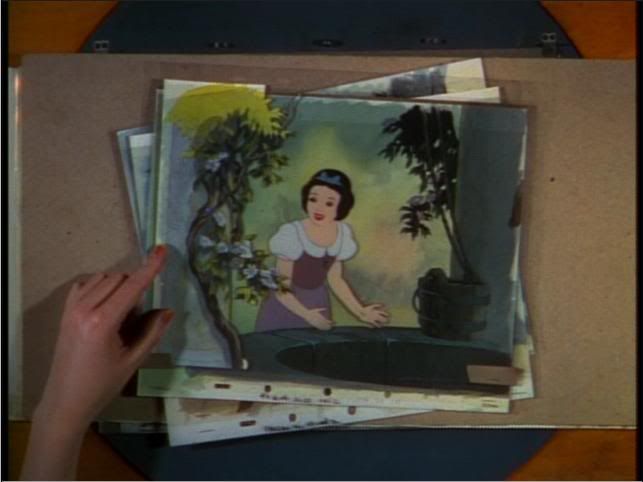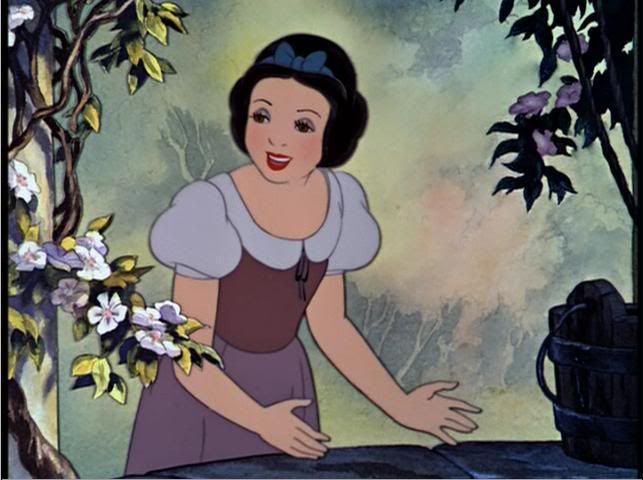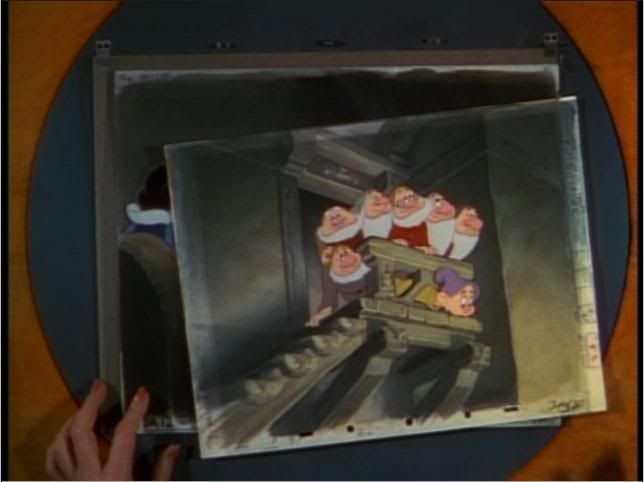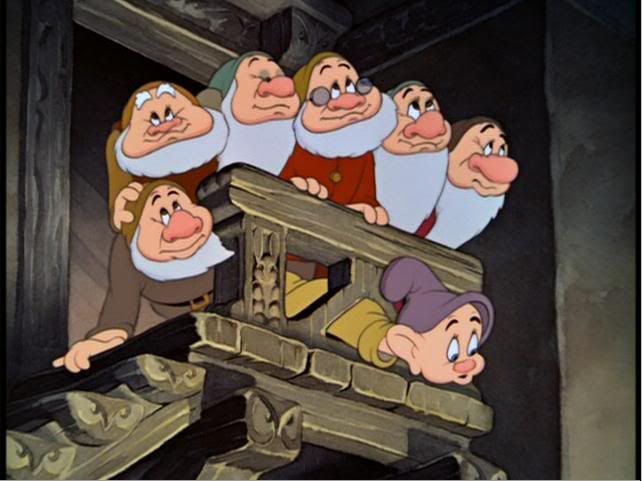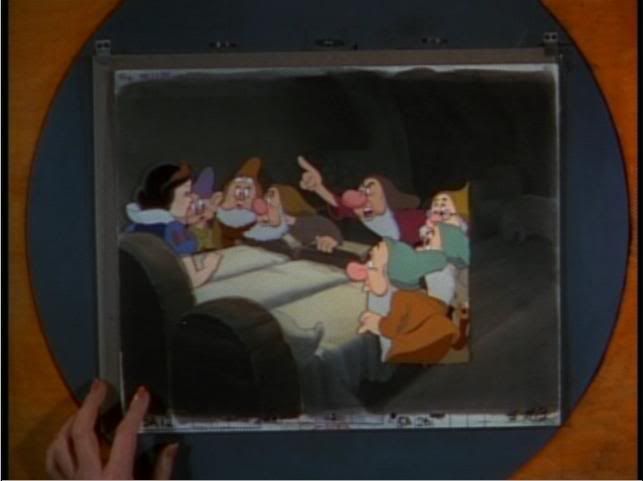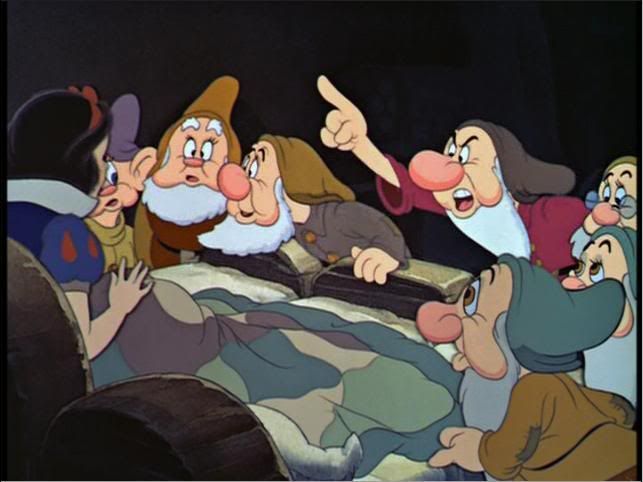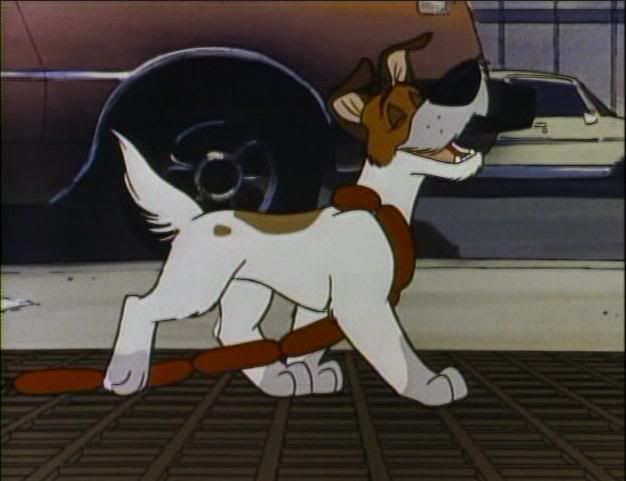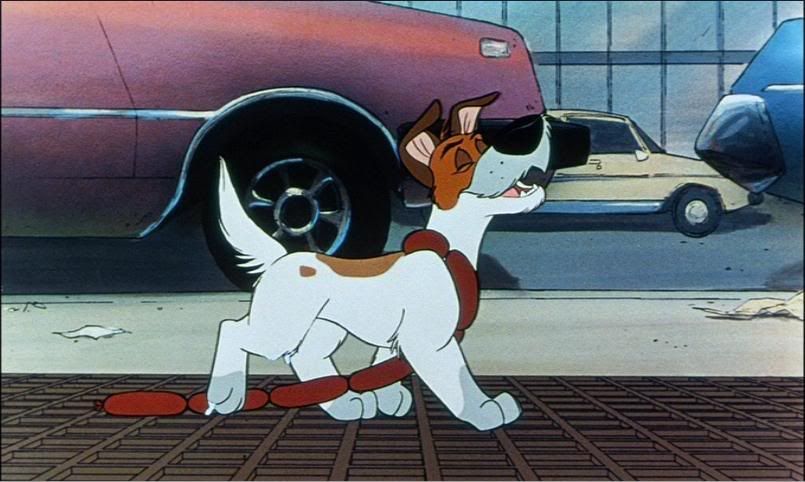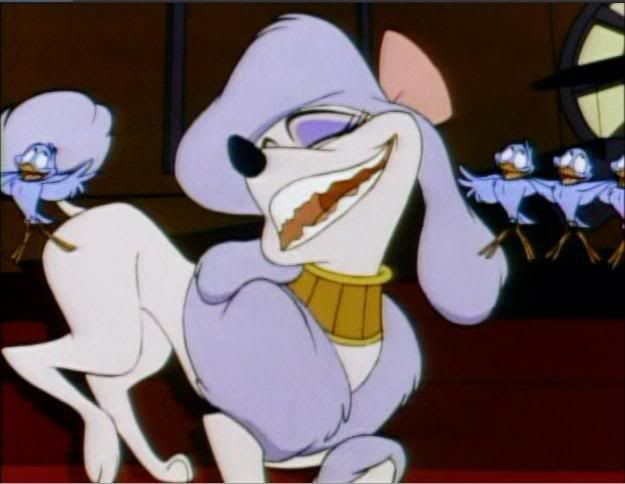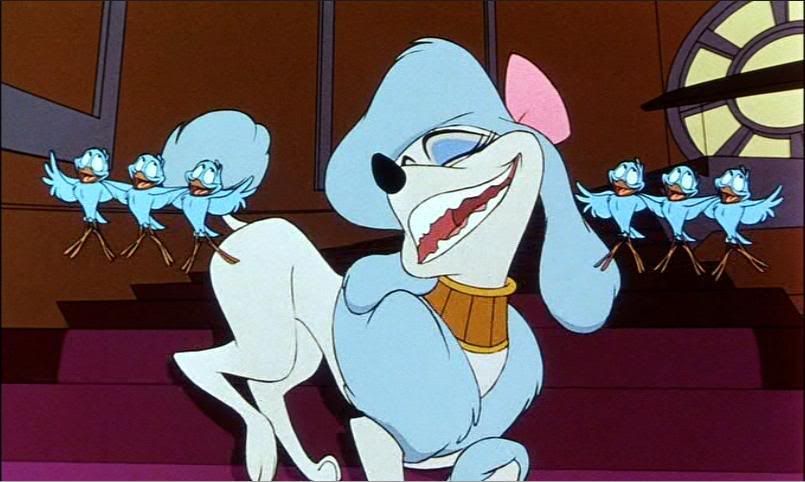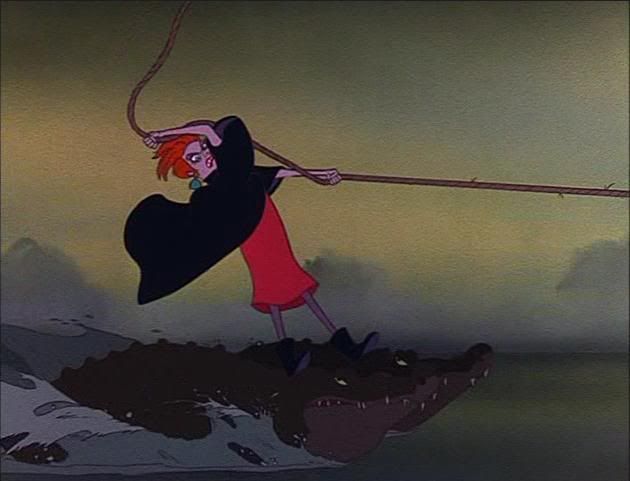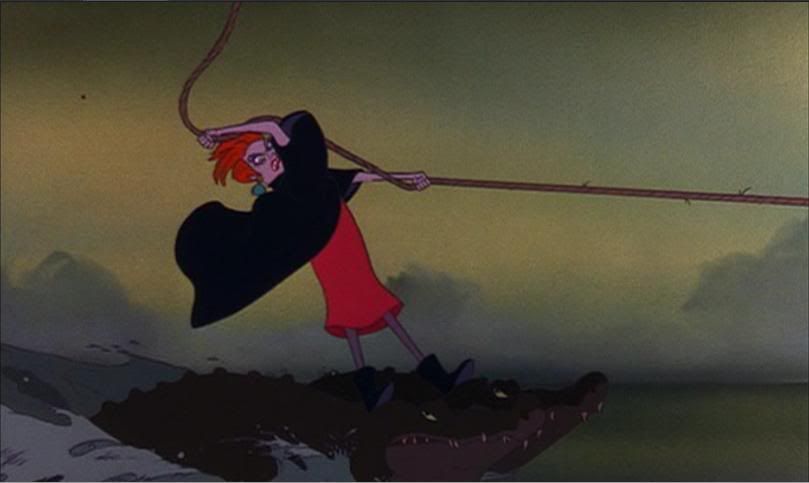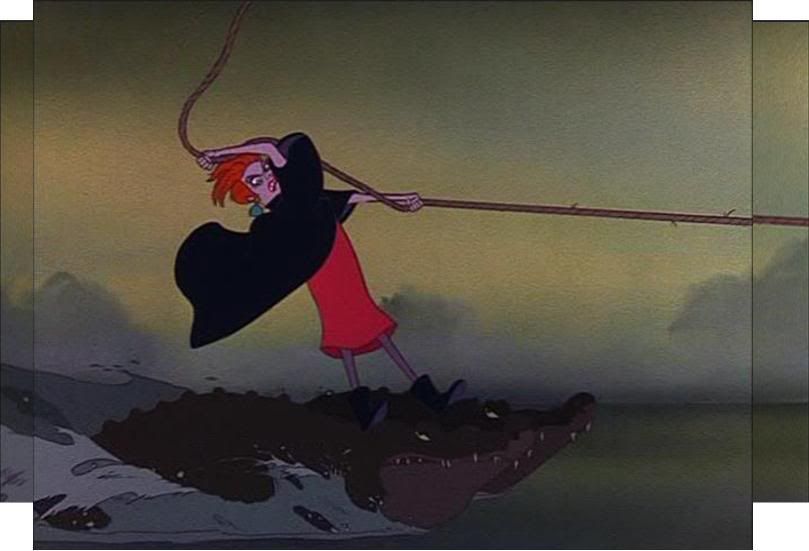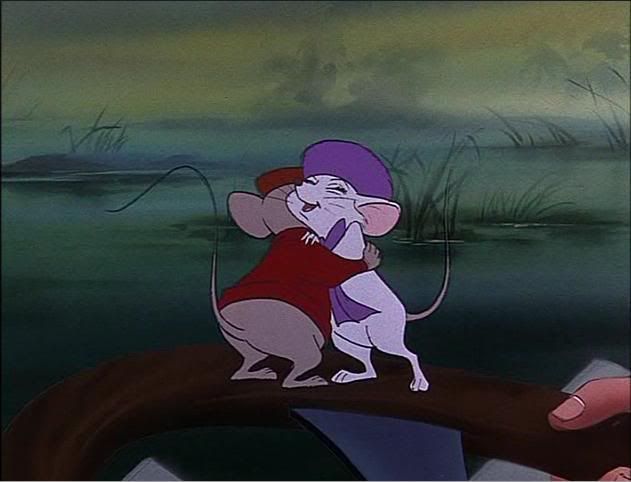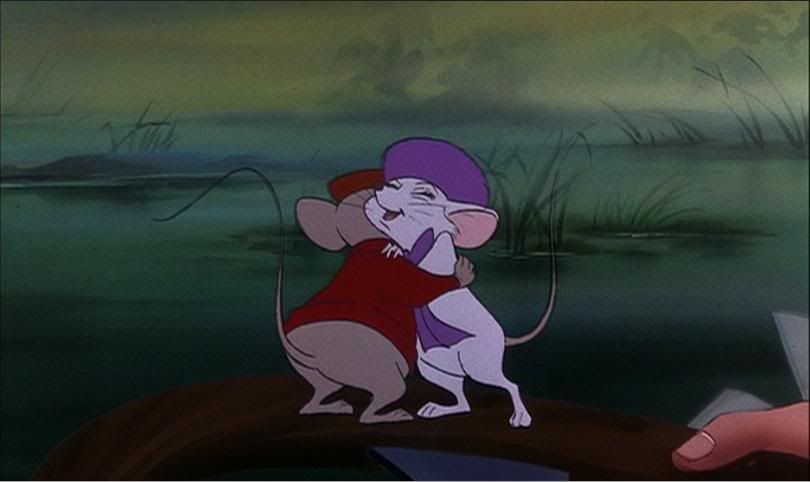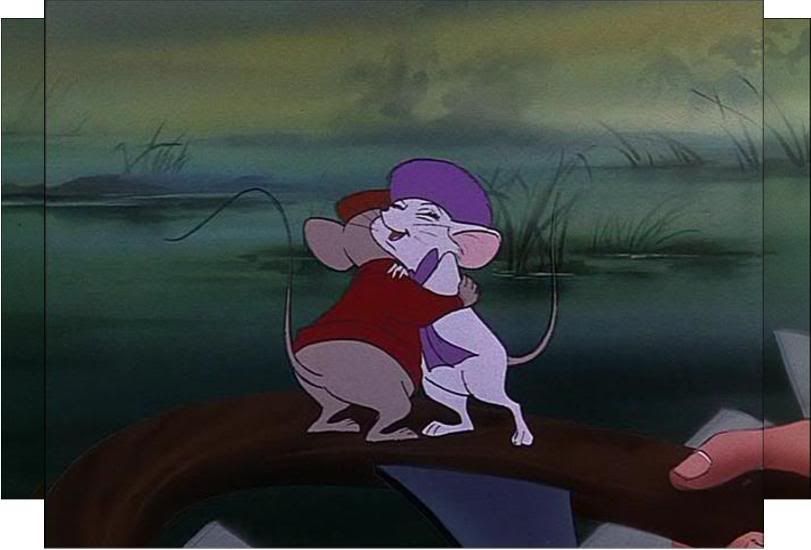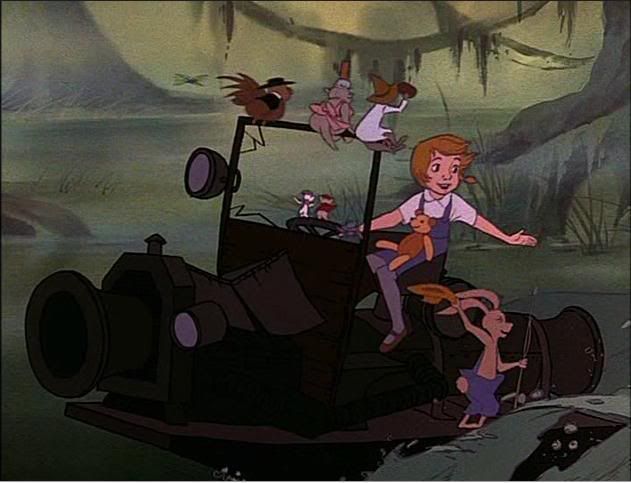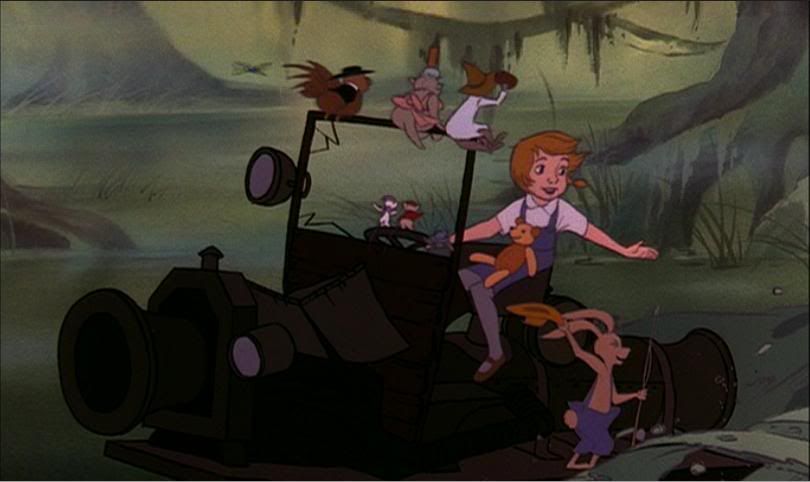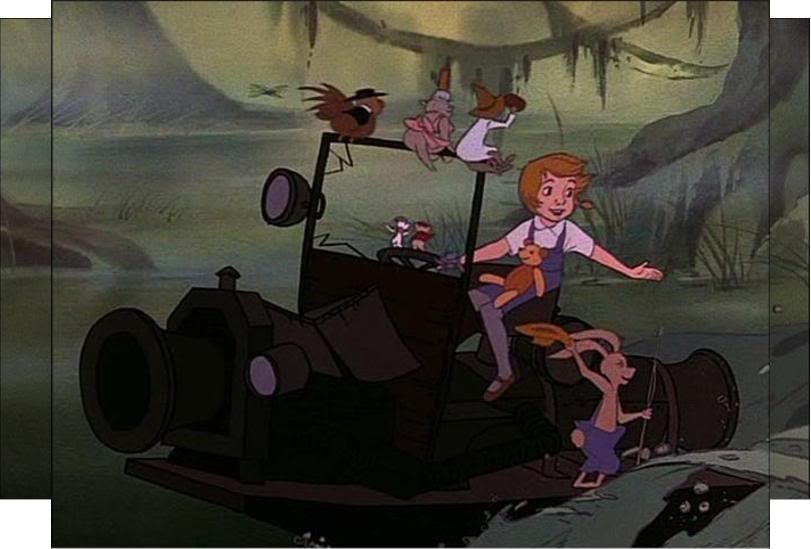Animation is expensive so you save money by not drawing a bigger frame but you leave room at the top and bottom of the frame so that when matted for theaters you don't loose essential information and you get a better composition (the one intended to be seen in theaters, this is all part of the planning process when movies get made).
Huh? They're not drawing less on the sides, they're drawing more on the top and bottom. They obviously spent the money animating it in 4:3... they could have just animated it in 16:9.
And an example of this is the anime Grappler Baki. All the DVDs are non-anamorphic, but in approximately a 1.85:1 aspect ratio. And the reason why is because they didn't draw it in high enough resolution to make it anamorphic... but they didn't finish the top and bottom area since they wanted the show in widescreen and had no intent to have it 4:3.
I have another example from the Sailor Moon movies (like the Disney classics, they were animated in 4:3 and then matted for theaters)... that presents a clear animation error because they weren't animating it for open matte releases. I don't have pictures at the moment, but I'll get some soon comparing the theatrical version to the open matte. (And for that matter - it was ONLY ever released widescreen in Japan, then the dubbed version on DVD was 4:3 but some specific scenes were letterboxed... it was only in the cheapie US VHS release where you even SEE the open matte)
And I thought most film these days is anamorphic - where the actual film negative is 1.85:1, 2.35:1 or whatever, and that's how it's made. I know Harry Potter was only shot in 4:3 because they didn't want to waste money on anamorphic cameras (or something like that)
Something like Dark City was also 2.35:1 but was released in open matte... why not pan-and-scan it like Harry Potter? And the only DVD release had both ratios (it was a flipper disc), so it's obvious they didn't mind showing people the entire frame.
Well, *my* problem is I don't understand a word of what you're all writing. I'm absolutely clueless when it comes to stuff like 'ratio' and 'pan and scan' and 'matte' and what more... I don't know what things like '1.66:1' mean. So whenever a UD review mentions details about it, I'm at loss. Maybe you all think that's dumb, but I have never delved into this techincal terminology.
That number, such as 1.66:1 is the width-to-height ratio of the movie. Traditional TVs are 4:3 (also called 1.33:1), meaning for every 4 inches across, it goes 3 inches up. (Measure a TV if you don't believe me

)
HDTVs now are in 16:9 (also called 1.78:1), and it's obvious by looking at them that they're wider than older TVs.
1.66:1 is therefore somewhere in the middle, and ratios like 2.35:1 are far wider than a typical HDTV.
As far as how it's being put on DVD - open matte is the way it was drawn, or originally filmed... the widescreen is how it was presented in theaters. Both are technically "original"... which is why there's a sorta argument among UD members as to what the "original aspect ratio" is... I consider it to be how they filmed it, whereas others say it's how it was presented in theaters. (and note the word FILMED - that's why I don't complain about Snow White, since they filmed it zoomed in)
